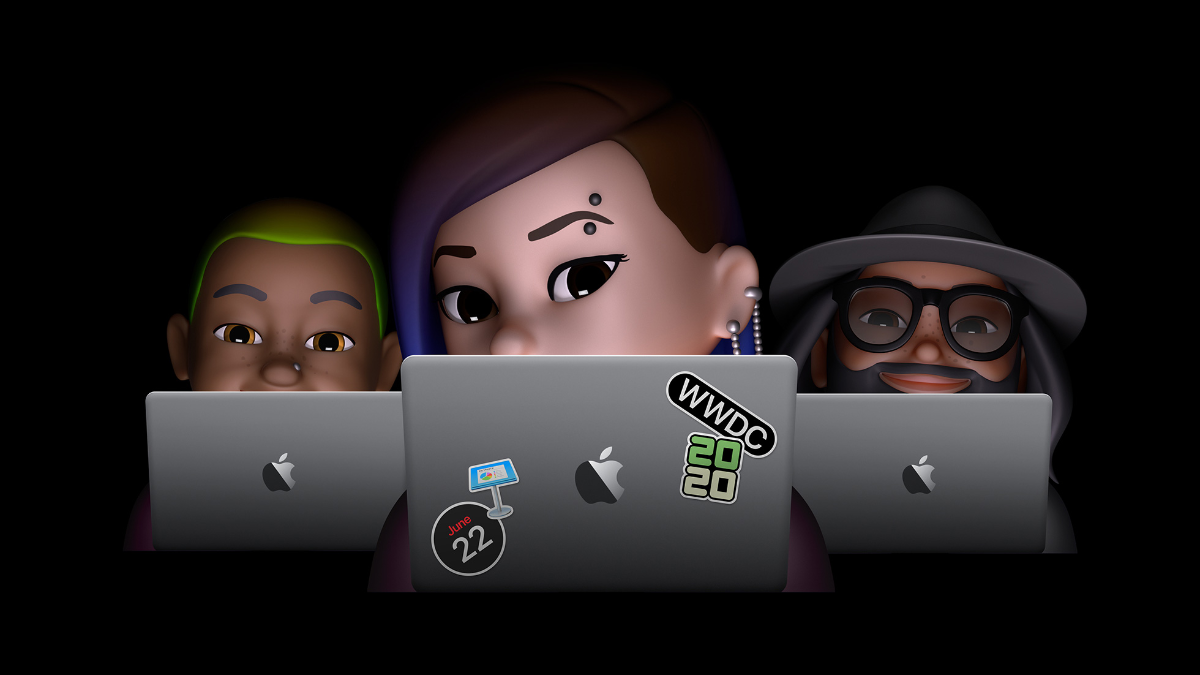Apple has announced the public beta of Safari 4,
the latest version of the web browser for Mac and
Windows computers. The Nitro engine in Safari 4
runs JavaScript 4.2 times faster than Safari 3,
the company says.
New features include: Top Sites, for a visual
preview of frequently visited pages; Full History
Search, to search through titles, web addresses
and the complete text of recently viewed pages;
Cover Flow, to flip through web history or
bookmarks; and Tabs on Top, to make tabbed
browsing easier and more intuitive.
“Apple created Safari to bring innovation, speed
and open standards back into web browsers, and
today it takes another big step forward,” says
Philip Schiller, Apple’s senior vice president of
Worldwide Product Marketing. “Safari 4 is the
fastest and most efficient browser for Mac and
Windows, with great integration of HTML 5 and CSS
3 web standards that enables the next generation
of interactive web applications.”
Safari 4 is built on the world’s most advanced
browser technologies including the new Nitro
JavaScript engine that executes JavaScript up to
30 times faster than IE 7 and more than three
times faster than Firefox 3, he adds. Safari
quickly loads HTML web pages three times faster
than IE 7 and almost three times faster than
Firefox 3, according to Schiller.
Safari 4 includes HTML 5 support for offline
technologies so web-based applications can store
information locally without an Internet
connection. Apple says it’s the first browser to
support advanced CSS Effects that enable web
graphics using reflections, gradients and
precision masks. Safari 4 is the first browser to
pass the Web Standards Project’s Acid3 test,
which examines how well a browser adheres to CSS,
JavaScript, XML and SVG web standards that are
specifically designed for dynamic web
applications.
Safari for Mac, Windows, iPhone and iPod touch
are all built on Apple’s WebKit browser engine.
Apple developed WebKit as an open source project
to create the world’s best browser engine and to
advance the adoption of modern web standards,
says Schiller. Most recently, WebKit led the
introduction of HTML 5 and CSS 3 web standards
and is known for its fast, modern code-base, he=
adds. The industry’s newest browsers are based on
WebKit including Google Chrome, the Google
Android browser, the Nokia Series 60 browser and
Palm webOS.
Here’s a summary of the new features in Safari 4:
° Top Sites, a display of frequently visited
pages in a wall of previews so users can jump to
their favorite sites with a single click;
° Full History Search, where users search through
titles, web addresses and the complete text of
recently viewed pages to return to sites they’ve
seen before;
° Cover Flow, to make searching web history or
bookmarks as fun and easy as paging through album
art in iTunes;
° Tabs on Top, for better tabbed browsing with
drag and drop tab management tools and an
intuitive button for opening new ones;
° Smart Address Field, that automatically
completes web addresses by displaying a list of
suggestions from Top Sites, bookmarks and
browsing history;
° Smart Search Field, where users fine-tune
searches with recommendations from Google Suggest
or a list of recent searches;
° Full Page Zoom, for a closer look at any web
site without degrading the quality of the site’s
layout and text;
° Built-in web developer tools to debug, tweak
and optimize a web site for peak performance and
compatibility; and
° A new Windows-native look in Safari for
Windows, that uses standard Windows font
rendering and native title bar, borders and
toolbars so Safari fits the look and feel of
other Windows XP and Windows Vista applications.
Safari 4 is a public beta for both Mac OS X and
Windows and is available immediately as a free
download at www.apple.com/safari




